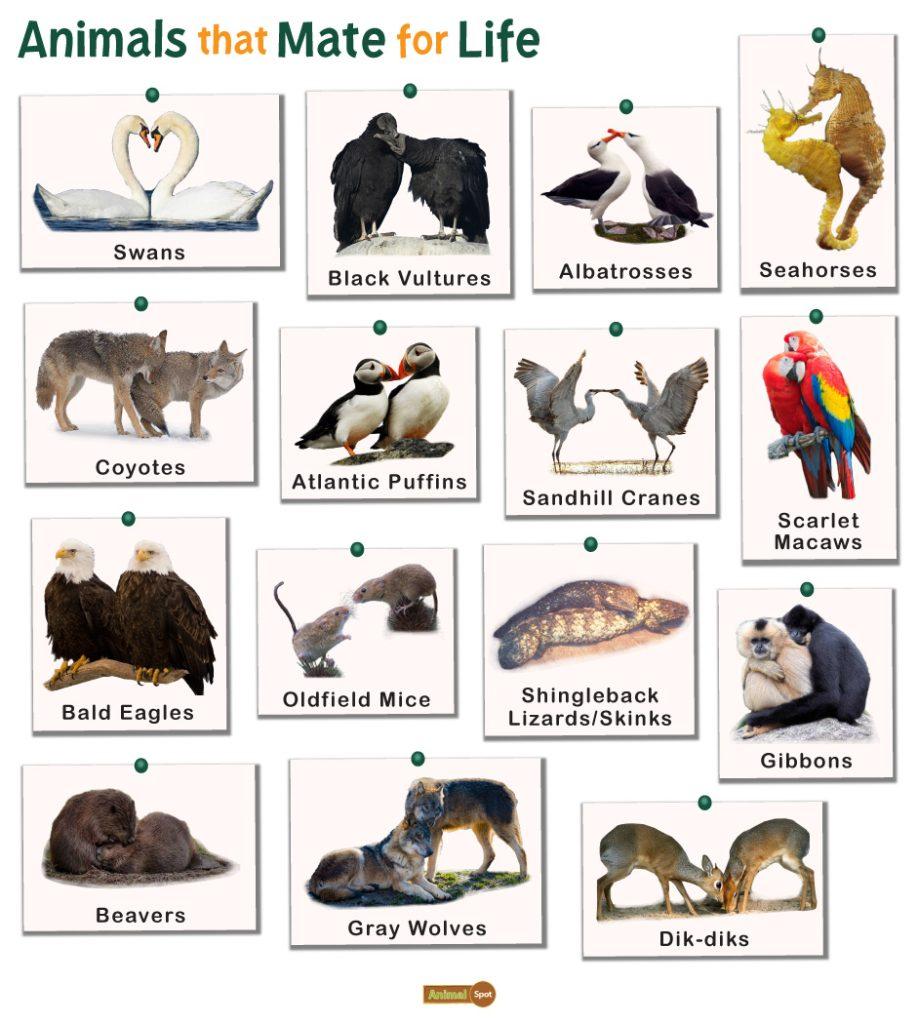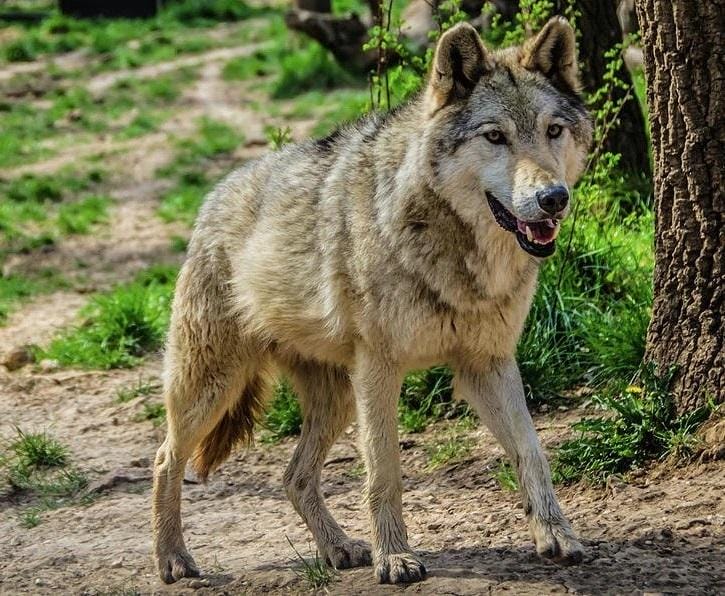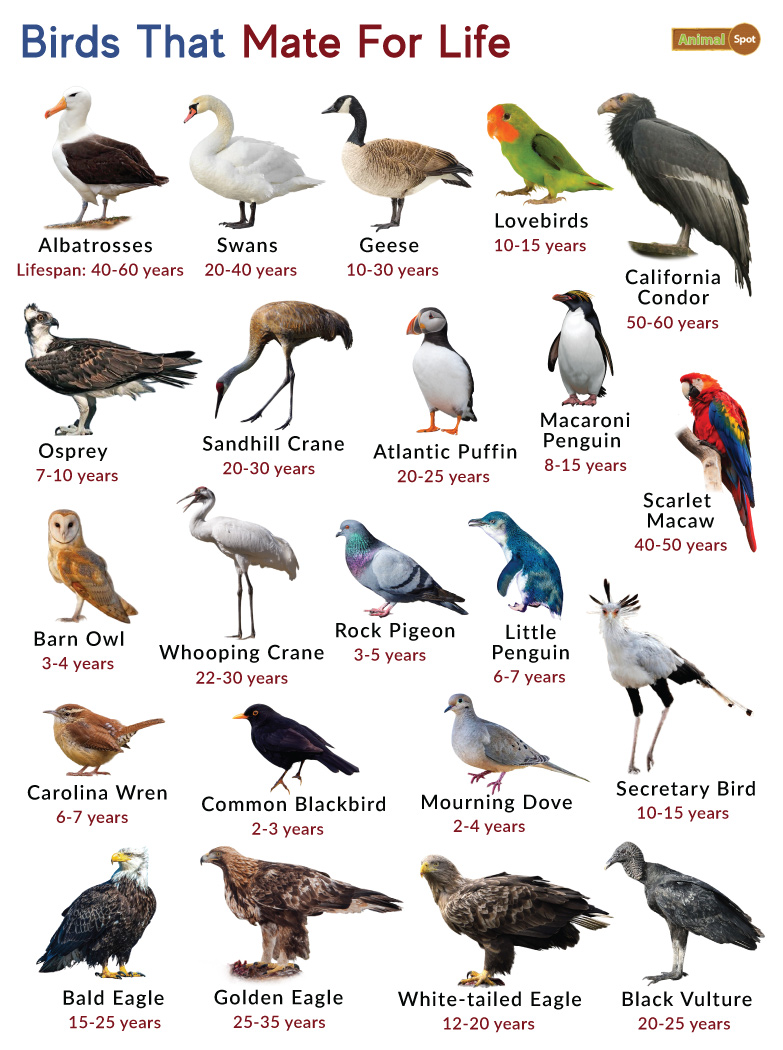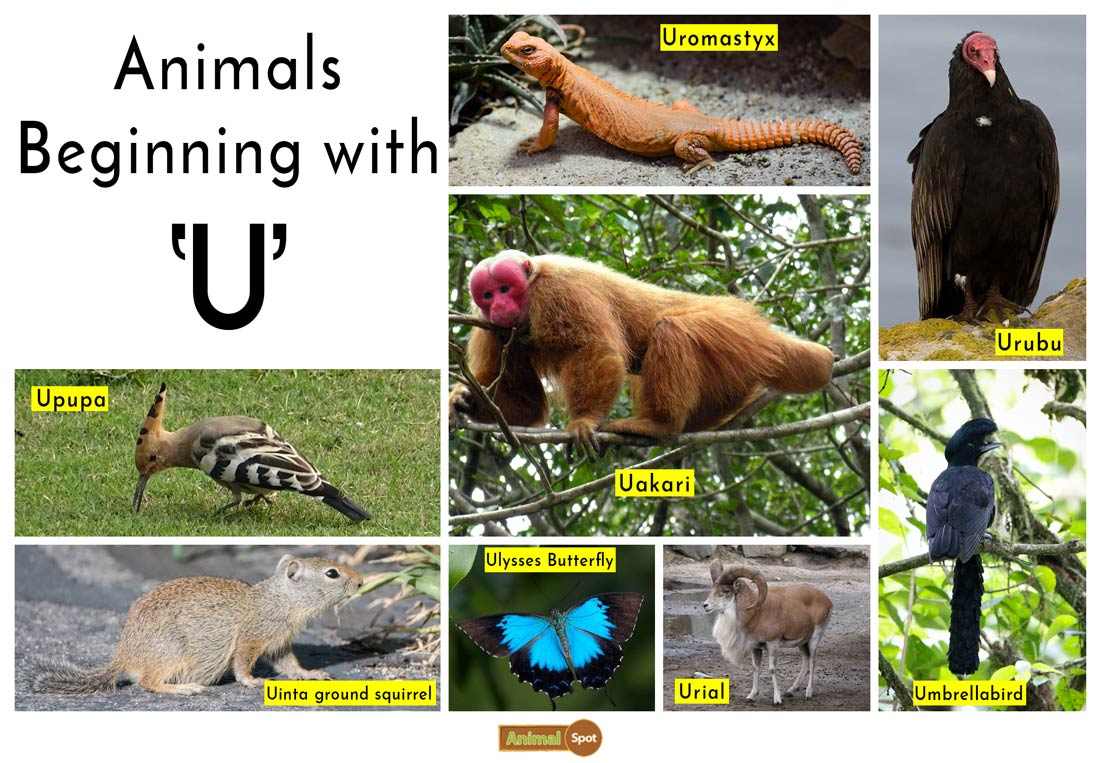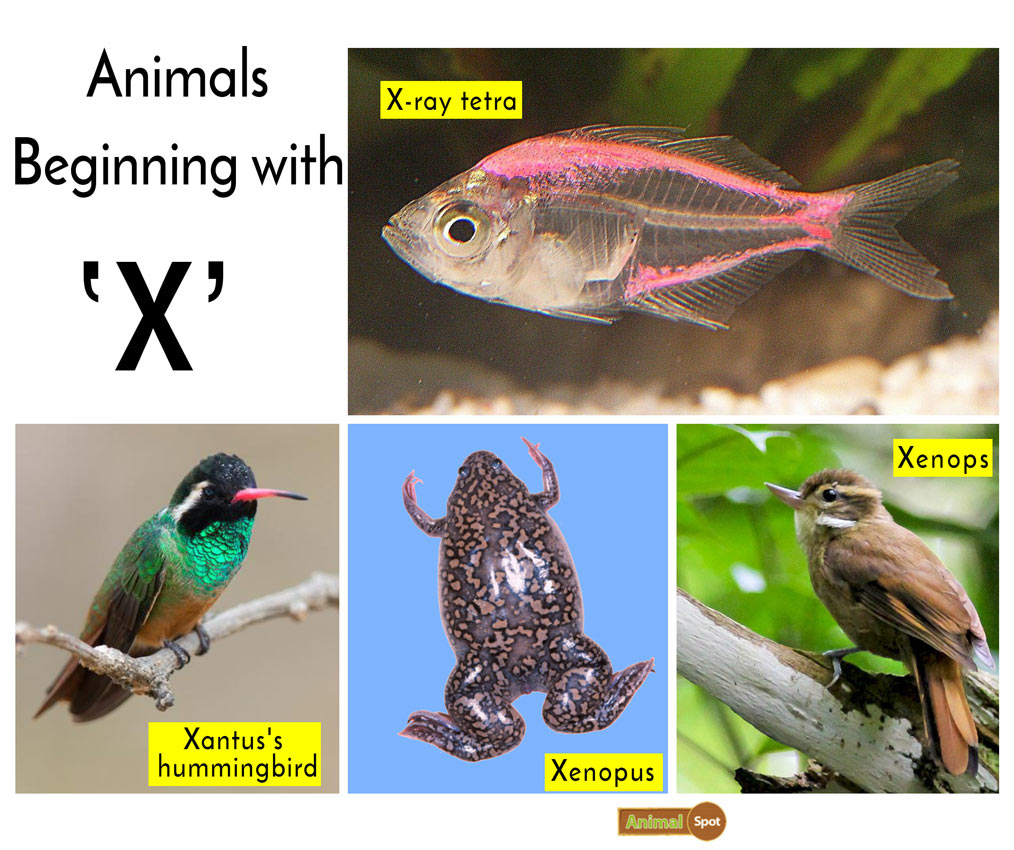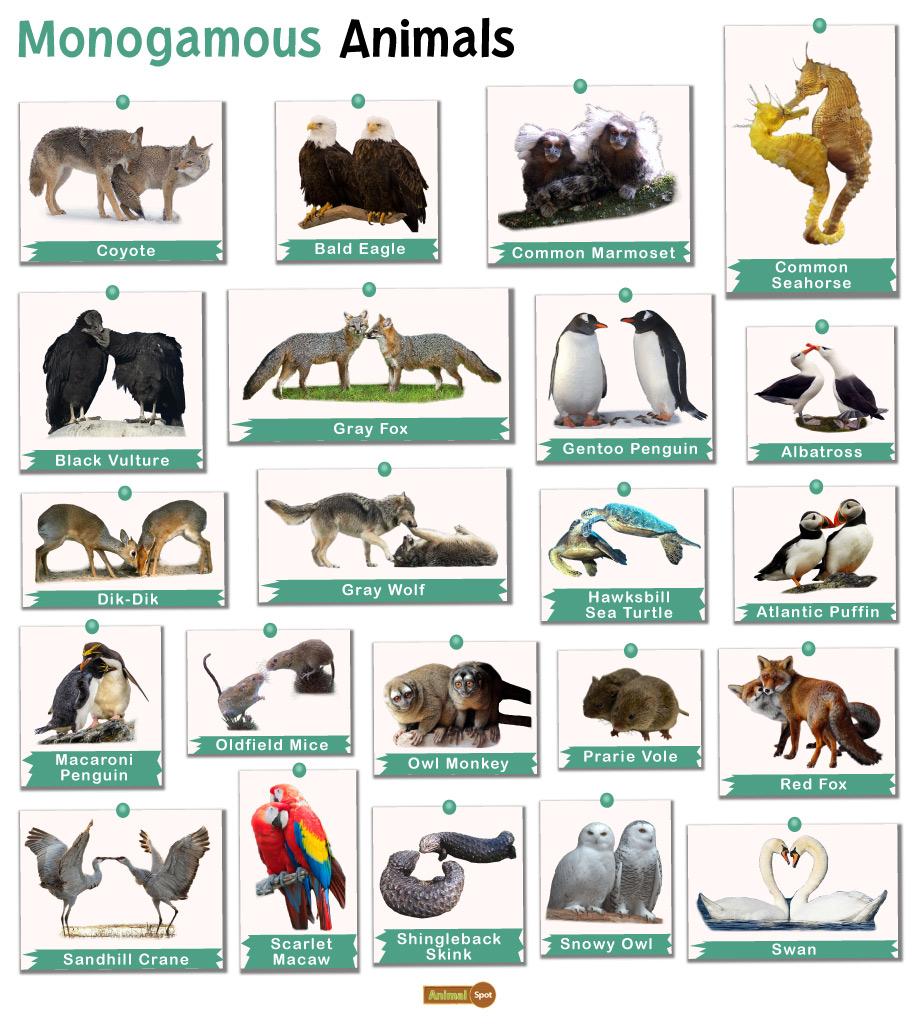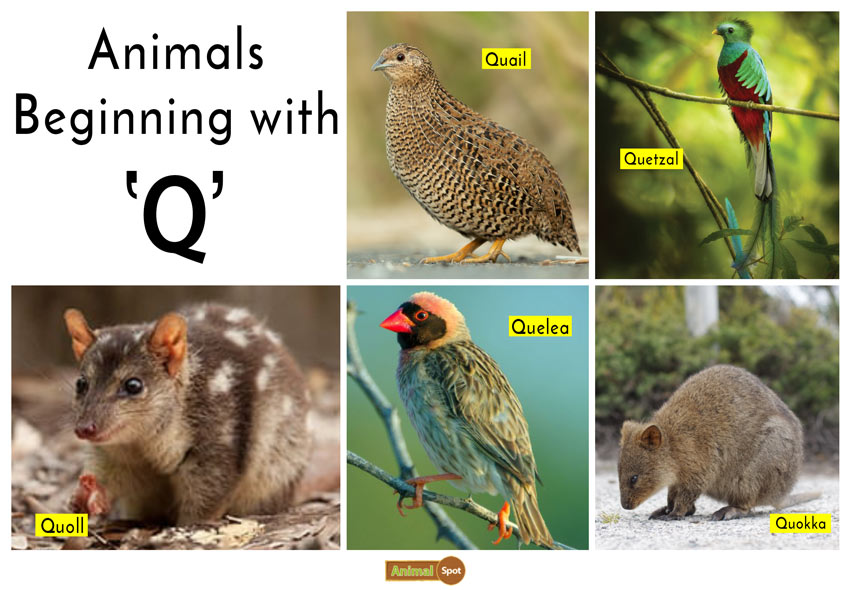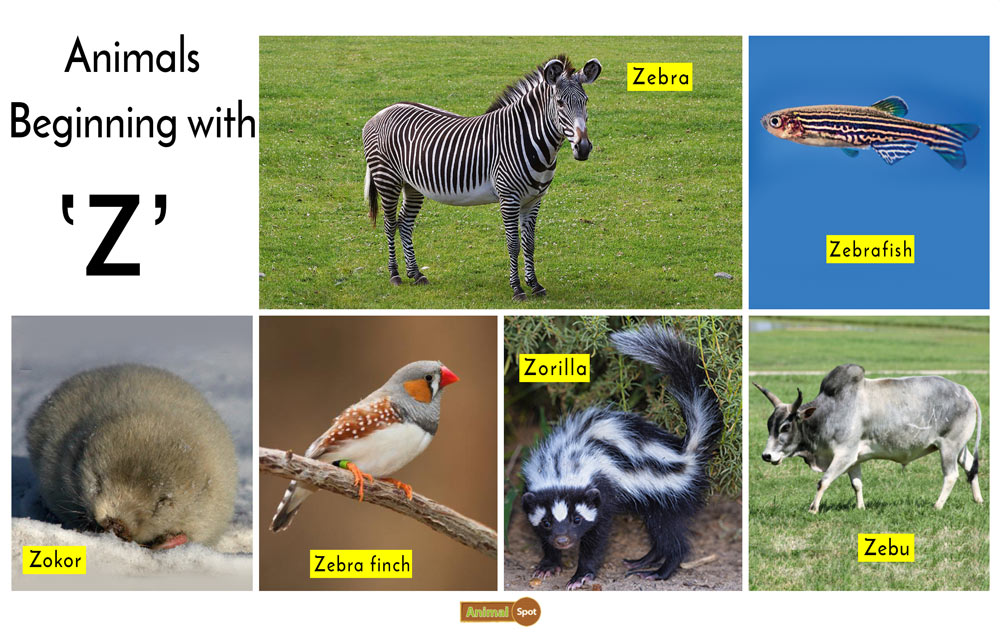It is not difficult to find examples of animal species that are monogamous, meaning they have a single partner for their whole life. They stick with their chosen mate through thick and thin and showcase their love and devotion for them in their unique way. You can get to know more about such cute pairs from the list below.
List of 15 Animals That Mate For Life
1. Gray Wolves
The furry animals might look scary but are pretty committed to their mates. During the breeding season, only the alpha pair reproduces to establish their superiority as pack leaders. They produce a new litter every year to ensure the stability of the remaining pack.
Monogamy helps the alphas to display their strength over the other males in the pack. Defending a single partner from advances is much easier than protecting multiple.
2. Beavers
Monogamy for Eurasian beavers is more of a necessity than romance. It is because they primarily feed on tree bark that has low nutritional value. So, they need to eat a lot of bark to keep them fuelled. Pairing up with a lifelong mate helps them share the workload by splitting tasks like guarding the territory, carrying out parental duties, and maintaining lodges and dams.
3. Gibbons
Their calls draw two gibbons of the opposite sex together to mate for life. The paired couple sings ‘duets’ – a series of vocal cries that combines their individual mating calls – to create a song unique to their relationship. These long, loud, and well-coordinated duets are performed during intimate moments like mutual grooming or when the pair is separated.
The female gibbon stays at the center of the couple’s territory and keeps the song going to prevent the male from straying too far. Like humans, the apes can sometimes cheat and break up, only to unite with their mates again. They co-parent their young as well.
4. Shingleback Lizards/Skinks
Shingleback lizards have been observed to seek the same mate every breeding season. They form long-lasting bonds of 10-15 years, sometimes as long as 27 years, something very rare in lizards. It is because returning to an existing partner reduces the time spent on finding a new mate and getting to know each other. They can then solely focus on their reproduction and watch out for predators together.
The bond remains after death when the skinks stay on with their mates killed on the road for several days, licking and nudging their better halves.
5. Black Vultures
After a male locates a female, a courtship ritual takes place that can sometimes end in a mid-air mating dance. After the eggs are laid, both partners share the workload of incubating the eggs by taking 24-hour shifts each. But the relationship is not all a bed of roses. What sets black vultures apart is how they enforce their monogamy.
If a mate is caught philandering in public, the rest of the flock brutally attacks it, forcing it to retreat to the marital nest. The act dissuades the others from considering infidelity in the future.
6. Seahorses
The seahorse is one of the many marine animals that mate for life. One fun fact about them is that the males give birth to the young.It is downright difficult for them to find love as they heavily depend on camouflage to deter predators, have poor swimming skills, and low population densities.
So once an individual finds a mate, it makes sense to stick with it and breed repeatedly rather than continuing the search.
7. Sandhill Cranes
Before leaving for migration every March, sandhill cranes flock to a place, dance, and call out to attract their mates for life. This bonding exercise is termed unison calling. Their dance involves props and throwing plants or sticks into the air. After their migration is complete, most birds are paired up and ready to build nests together.
After the eggs are laid, the male watches over the nest. When the offspring are old enough, the whole family migrates together.
8. Oldfield Mice
Oldfield mice spend their short lives of less than 9 months paired with their partners, breeding and caring for the offspring. In fact, both parents build an elaborate nest to nurture the young. A female reaches sexual maturity in just about a month and produces a new litter every month!
That’s fast, isn’t it? Good that the male is always by her side to help her out.
9. Atlantic Puffins
Atlantic puffins mate with the same partner every year from age five. But they don’t stay together the whole year. They are solitary at sea but reunite at the breeding ground through elaborate mating rituals.
The male and female in a pair take turns incubating the eggs until the babies hatch and make their way to the ocean.
10. Coyotes
Coyotes are very loyal to their monogamous partners and stray very rarely. This quality has helped them survive in urban areas since pups that have both parents caring for them are more likely to survive than ones with a single parent to feed and protect them.
When the female is in estrus and capable of mating, the couple spends almost all their time foraging, running, playing, and resting.
11. Dik-diks
Unlike most antelopes that travel in packs, dik-diks travel with their partners and have only one offspring at a time. Living as monogamous pairs on large patches of land help them fulfill their grazing needs.
Their monogamy is made everlasting by the fact that the young leave as yearlings to seek their own territories, often facilitated by an older couple’s death. It helps maintain an equal adult sex ratio.
12. Bald Eagles
For this bird, nest-building is used as a tool to strengthen the bond between mates. The couple continuously adds sticks to the structure so that it assumes a massive size after many seasons, turning into a symbol of their faithfulness.
They also co-parent, incubating the eggs and feeding the chicks that hatch.
13. Albatrosses
Albatrosses are very devoted to their partners. Despite traveling thousands of miles every year, they return to the same place and partner to mate and raise the young. Both parents play an equal role in taking care of the young. However, though they maintain a lifelong relationship with a single primary partner, they can mate with other albatrosses.
The arrangement is similar to an ‘open relationship’ in humans where both partners are committed to a relationship but open to exploring opportunities with other individuals.
14. Swans
These romantic creatures go through a grieving period just like humans if they lose a mate. When they are done grieving, they may remain single the rest of their lives or find a new place to live in, possibly with a new mate or rejoin a flock.
They also seek a new mate in case of a poor breeding season and nest failure.
15. Scarlet Macaws
The biggest parrot in the world has one of the biggest hearts when it comes to mating. They form lifelong pairs that lay up to two eggs annually. They take care of the young together. They show love by preening each other, holding their feet, and talking.
When they feel very romantic, they regurgitate into each other’s mouths!
FAQs
Q. What percentage of animals mate for life?A. Only about 3-5% of mammals mate for life. 90% of birds are monogamous. Only some insects, like cockroaches, have one mate for life. Monogamy among fish and amphibians is exceedingly rare.
Q. What ocean animals mate for life?A. Seahorses and Atlantic puffins are ocean and sea animals that are monogamous.

